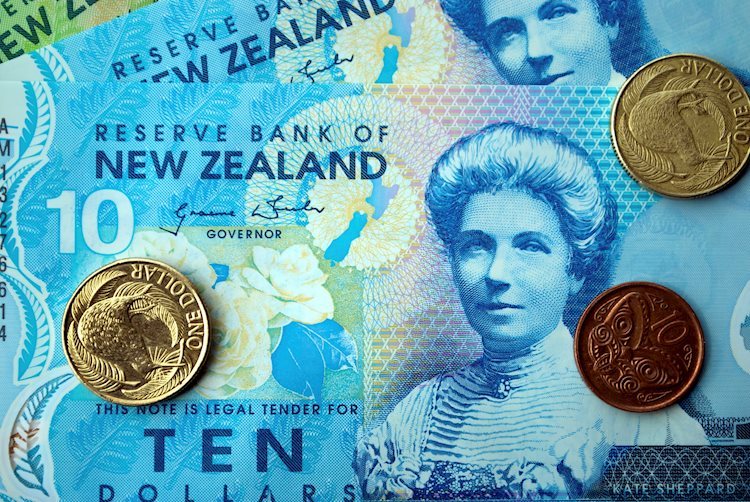The NZD/USD pair has been on a downward trend for the past three days, reaching a three-month low near 0.5870 during the Asian session on Thursday. This decline is primarily attributed to the strengthening US Dollar, driven by the so-called “Trump trades” and less dovish comments from Federal Reserve officials following US inflation data. The US Dollar Index (DXY) is holding steady around 106.60, its highest level since November 2023, supported by rising US Treasury yields, with the 2-year and 10-year US Treasury yields currently at 4.31% and 4.47%, respectively.
Federal Reserve officials have expressed concerns over persistent inflationary pressures, making it challenging for the Fed to continue its rate-cutting strategy. St. Louis Fed President Alberto Musalem emphasized the strength of the US labor market and the hurdles in reducing inflation. The US Consumer Price Index (CPI) rose by 2.6% year-over-year in October, in line with expectations, while the core CPI, excluding food and energy sectors, increased by 3.3%.
The Reserve Bank of New Zealand (RBNZ) is expected to announce a significant 75 basis point rate cut later this month as the inflation rate eases to its lowest level since Q1 2021 in the third quarter. However, the Food Price Index in New Zealand remained steady in October, with food prices dropping slightly on a monthly basis. Traders are now awaiting key economic data releases, including the US October Producer Price Index (PPI) and Industrial Production and Retail Sales data from China, New Zealand’s largest trading partner.
The New Zealand Dollar, also known as the Kiwi, is influenced by various factors such as the health of the New Zealand economy, central bank policy, and external factors like Chinese economic performance. The Reserve Bank of New Zealand aims to maintain an inflation rate between 1% and 3% over the medium term, adjusting interest rates accordingly. High interest rates can attract foreign investment and boost the NZD, while low rates tend to weaken it. Additionally, macroeconomic data releases in New Zealand play a crucial role in determining the currency’s valuation.
The NZD tends to strengthen during risk-on periods when investors are optimistic about growth and market risks are low. This positive outlook for commodities benefits the Kiwi as a commodity currency. Conversely, during market turbulence or economic uncertainty, the NZD tends to weaken as investors seek safe-haven assets. Overall, understanding the key drivers behind the New Zealand Dollar’s movements can help traders make informed decisions when trading the NZD/USD pair.










